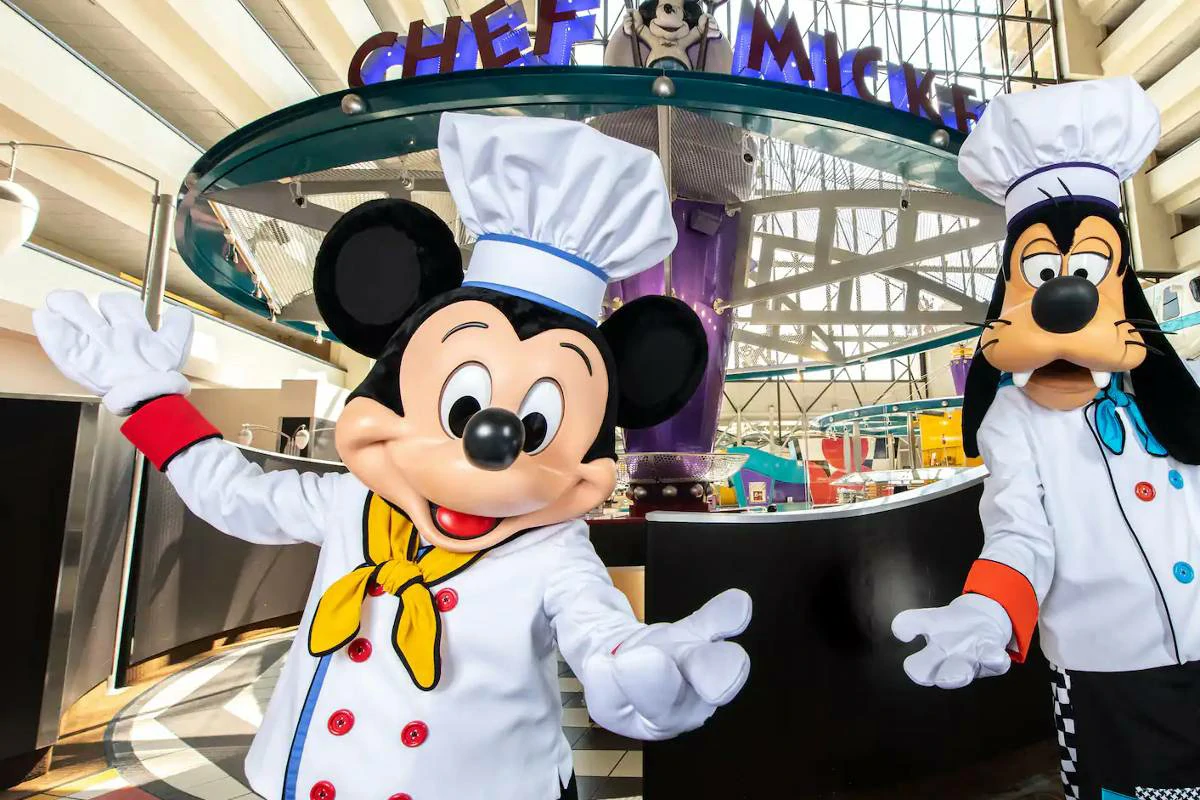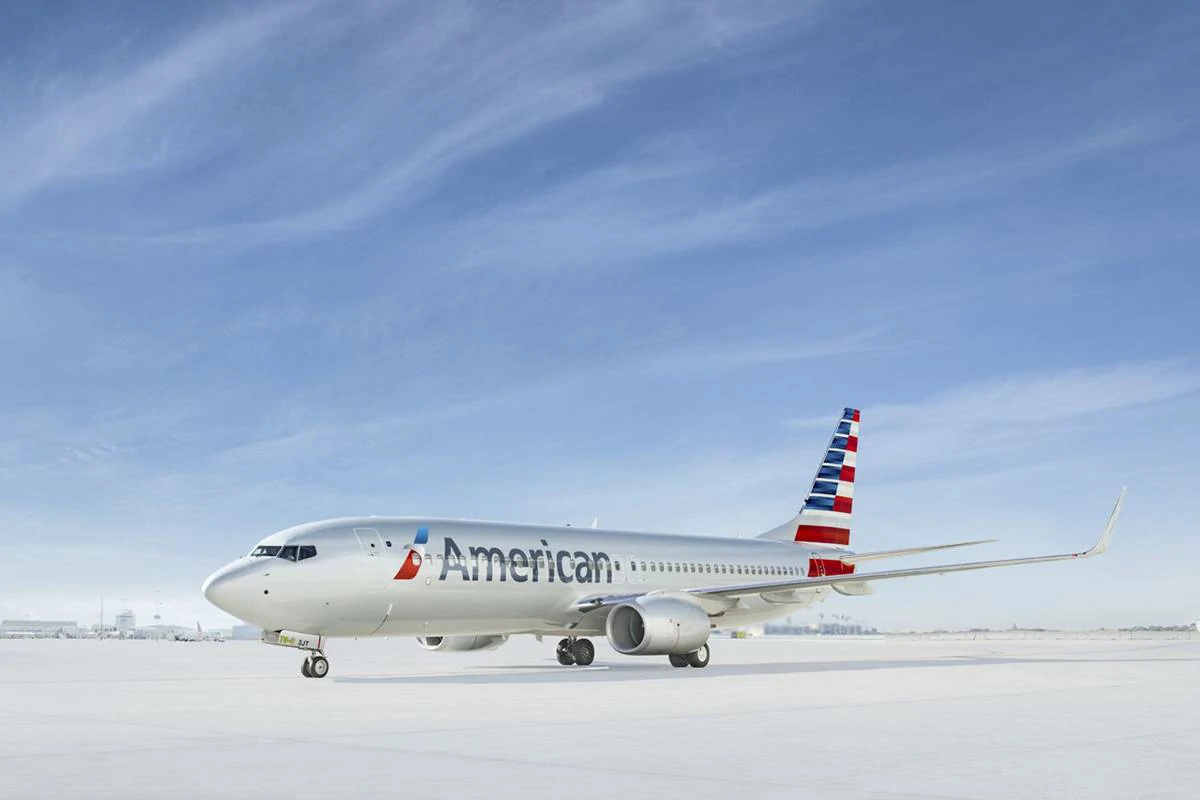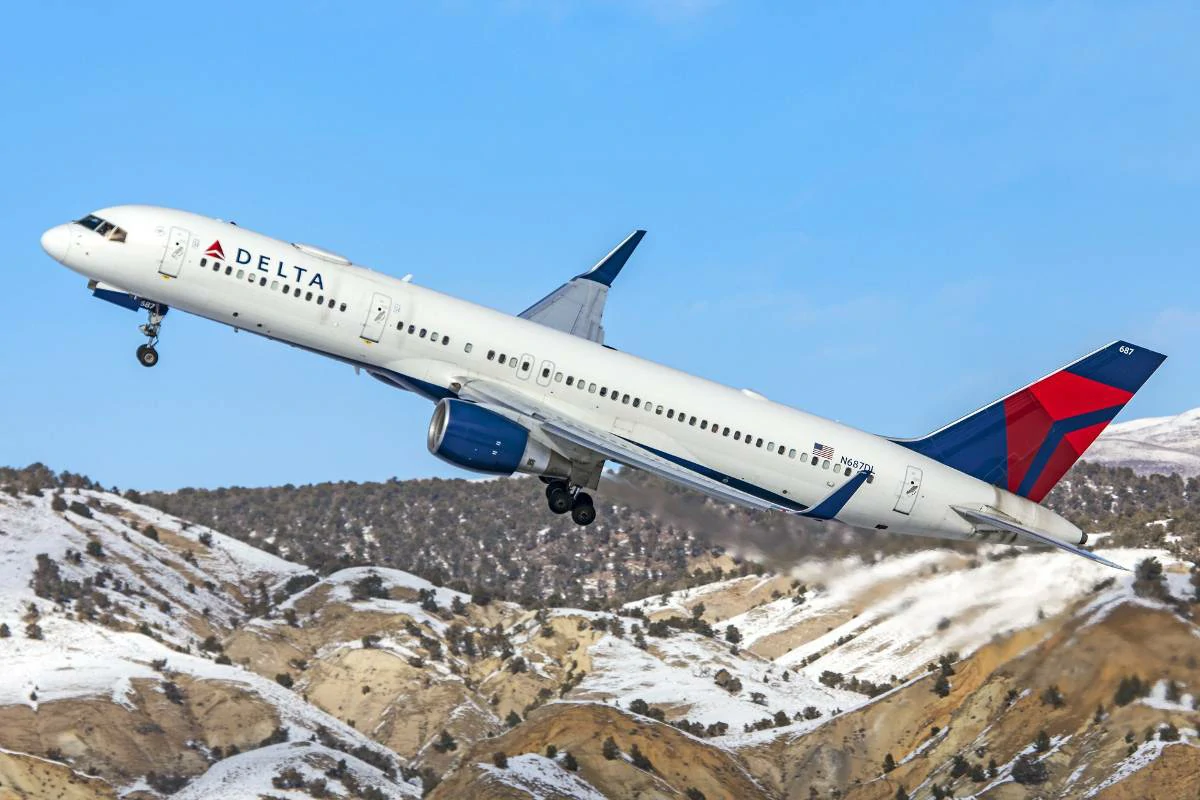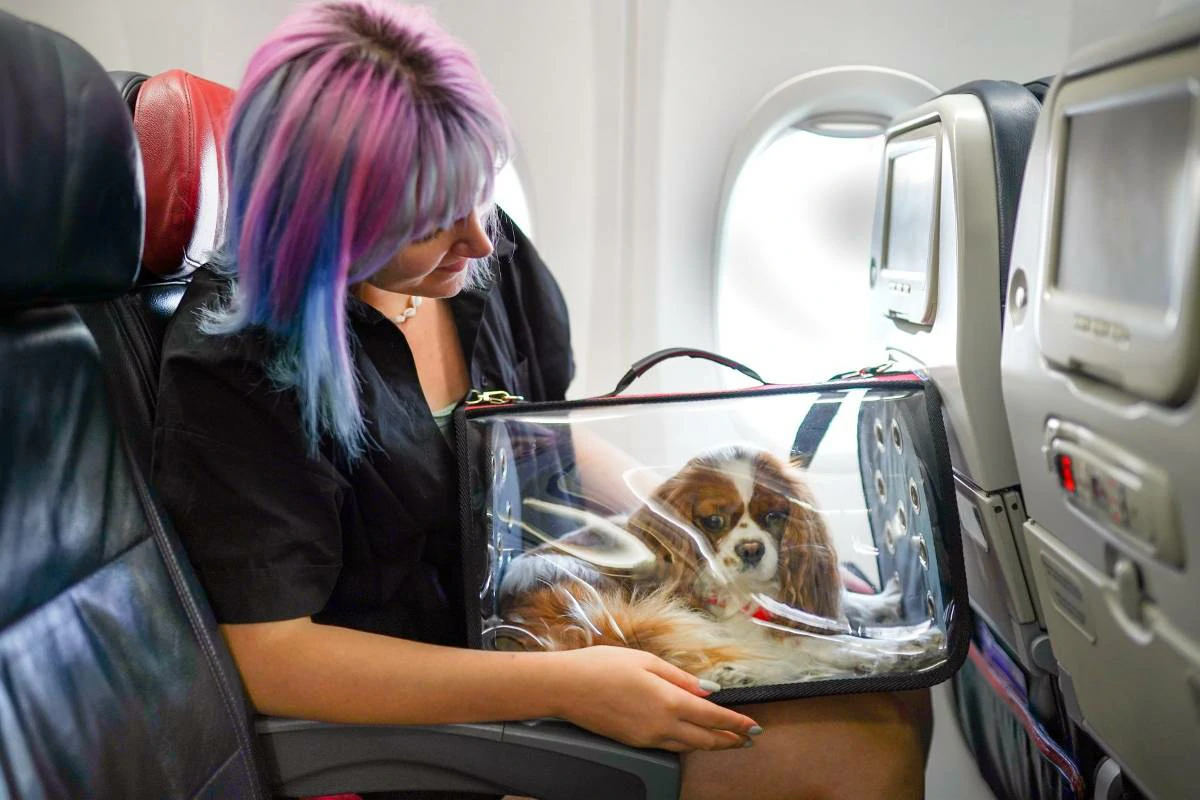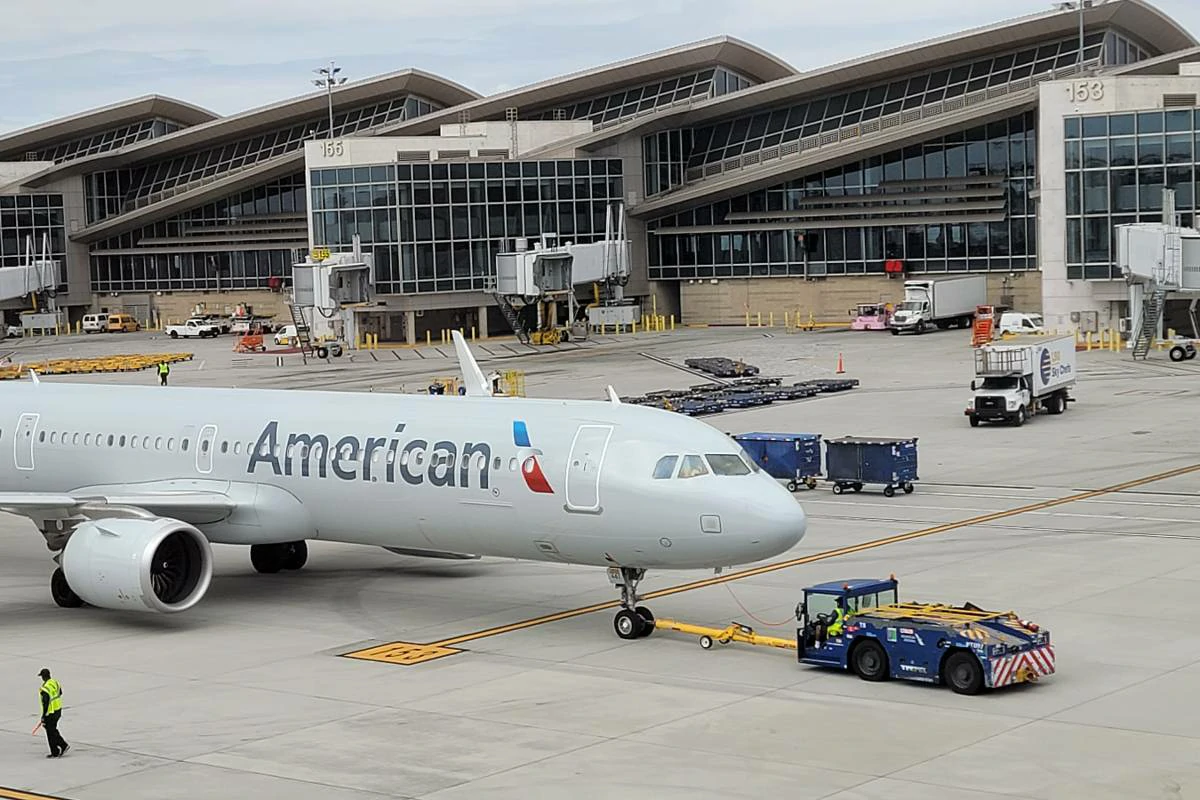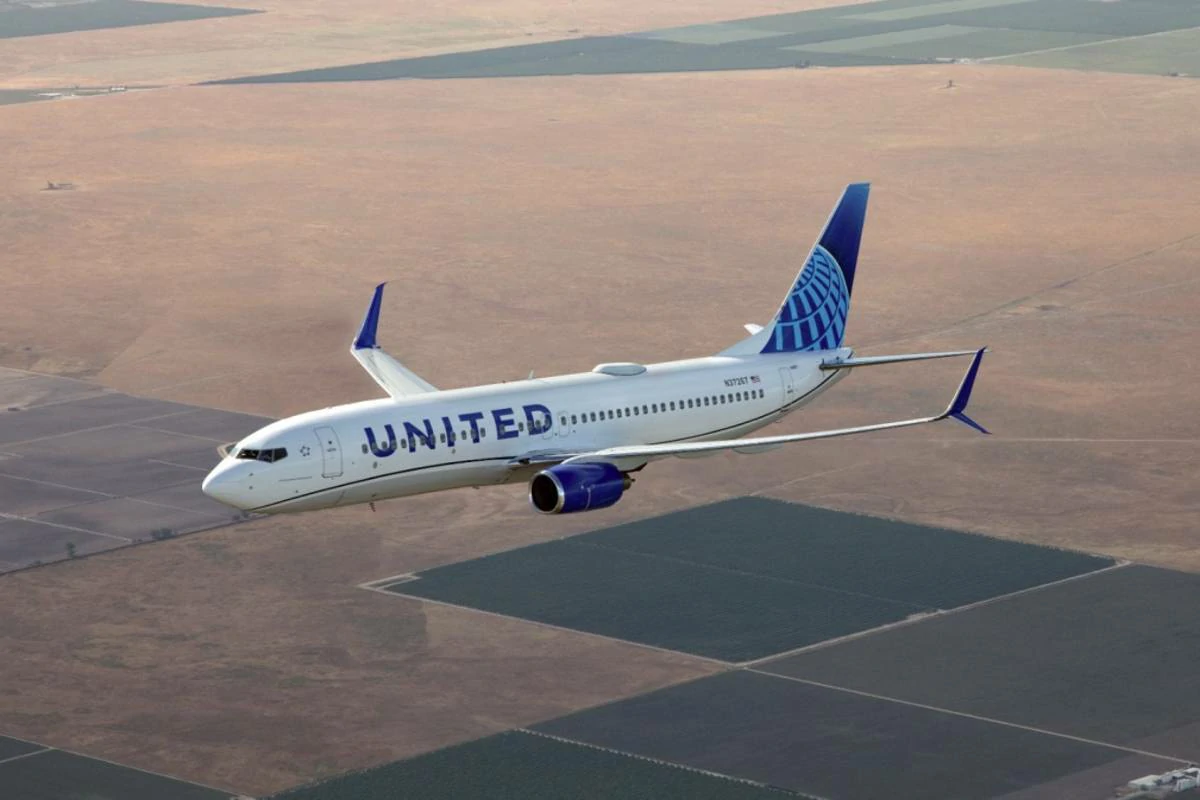Where was White Lotus season 1 filmed? Answer is – The first season of the acclaimed HBO series “The White Lotus” was filmed entirely at the luxurious Four Seasons Resort Maui at Wailea, located on the beautiful island of Maui, Hawaii. The resort served as the stand-in for the fictional White Lotus resort in the show.
Summary
- Season 1 of “The White Lotus” was filmed to create a sense of isolation and confinement due to COVID-19 restrictions.
- The Four Seasons Resort Maui at Wailea provided the perfect backdrop for the show’s exploration of privilege, dysfunction, and social satire.
- Specific areas of the resort were used throughout the season, including the pool, the beach, and guest suites.
- The stunning Hawaiian scenery added another layer of beauty and complexity to the narrative.
Where was White Lotus season 1 filmed?
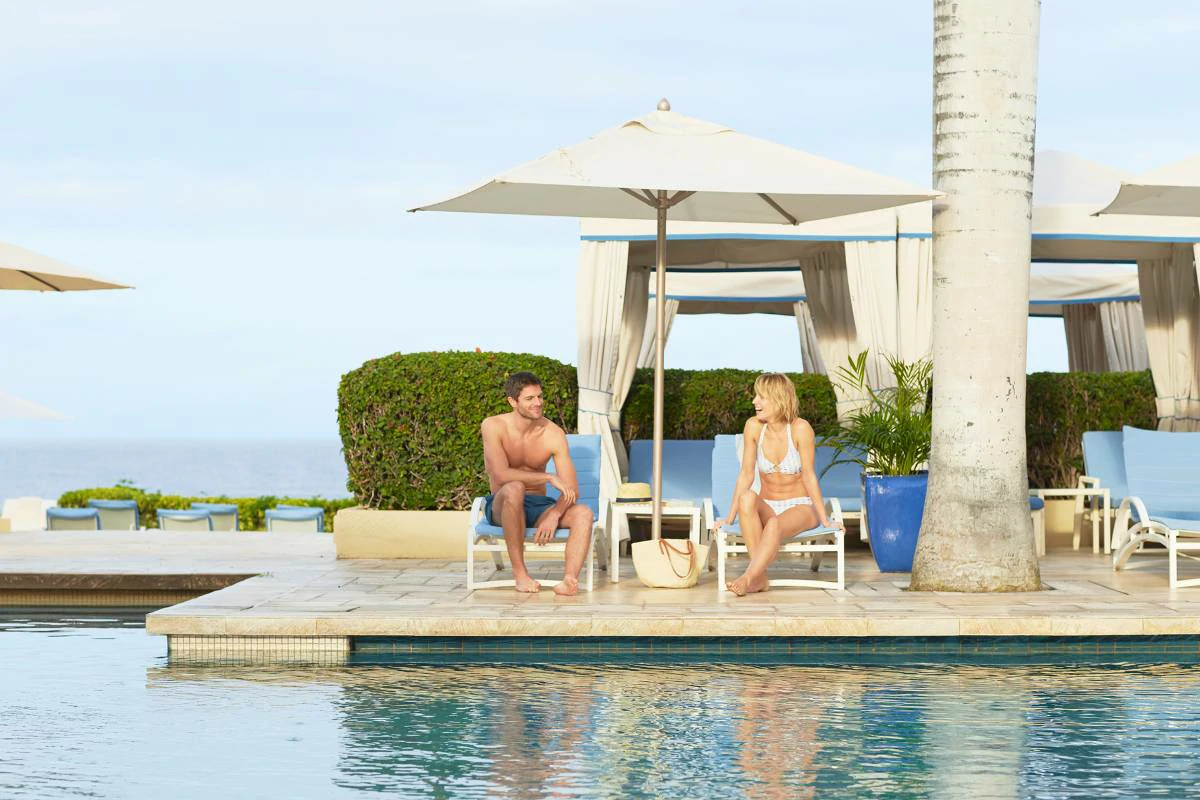
HBO’s critically acclaimed satirical dramedy “The White Lotus” captured audiences with its incisive look at wealth, privilege, and the messy dynamics between guests and staff at an exclusive resort.
Season 1, set in Hawaii, masterfully utilized location as more than just a backdrop – the lush tropical setting became an integral character in the show’s exploration of social disparities, hidden desires, and the often-uncomfortable intersections of paradise and exploitation.
Brief overview of “The White Lotus” season 1
Written and directed by Mike White, the first season of “The White Lotus” introduces us to an ensemble cast of deeply flawed yet fascinating characters vacationing at the titular resort.
There’s the Mossbacher family, grappling with internal conflicts while trying to maintain a facade of perfection.
The newlywed Pattons are plagued by insecurity and familial tension. And then there’s the tragically un-self-aware Tanya McQuoid, desperately seeking healing and connection.
As their stay progresses, petty grievances, simmering resentments, and startling revelations bubble to the surface, exposing uncomfortable truths about themselves and the world around them.
The significance of the filming location for the show’s themes
The choice of Hawaii, specifically the Four Seasons Resort Maui at Wailea, plays a crucial role in amplifying the show’s core themes:
Illusion vs. Reality: The breathtaking beauty of Hawaii has long been associated with notions of escape and idealized relaxation. However, “The White Lotus” subtly juxtaposes this imagery with the simmering discontent and messy realities beneath the surface of its characters’ lives. The paradise setting highlights the disconnect between the expectations sold to wealthy tourists and the complex lives of the workers catering to them.
Colonial Legacy and Exploitation: Using Hawaii as a backdrop raises questions about the tourism industry’s historical roots in colonialism and the power imbalances that persist. Scenes such as the awkward staff performance of traditional Hawaiian dances for guests or the entitled behavior of some of the characters underscore a continued dynamic of exploitation, masked by the guise of a luxurious getaway.
Environmental Impact: While the pristine beaches and lush landscapes are visually stunning, “The White Lotus” also hints at the environmental costs of maintaining such resorts. The manicured perfection comes at a price, prompting viewers to consider the sustainability and ecological impact of high-end tourism.
The White Lotus Resort: Inside the Four Seasons Maui at Wailea
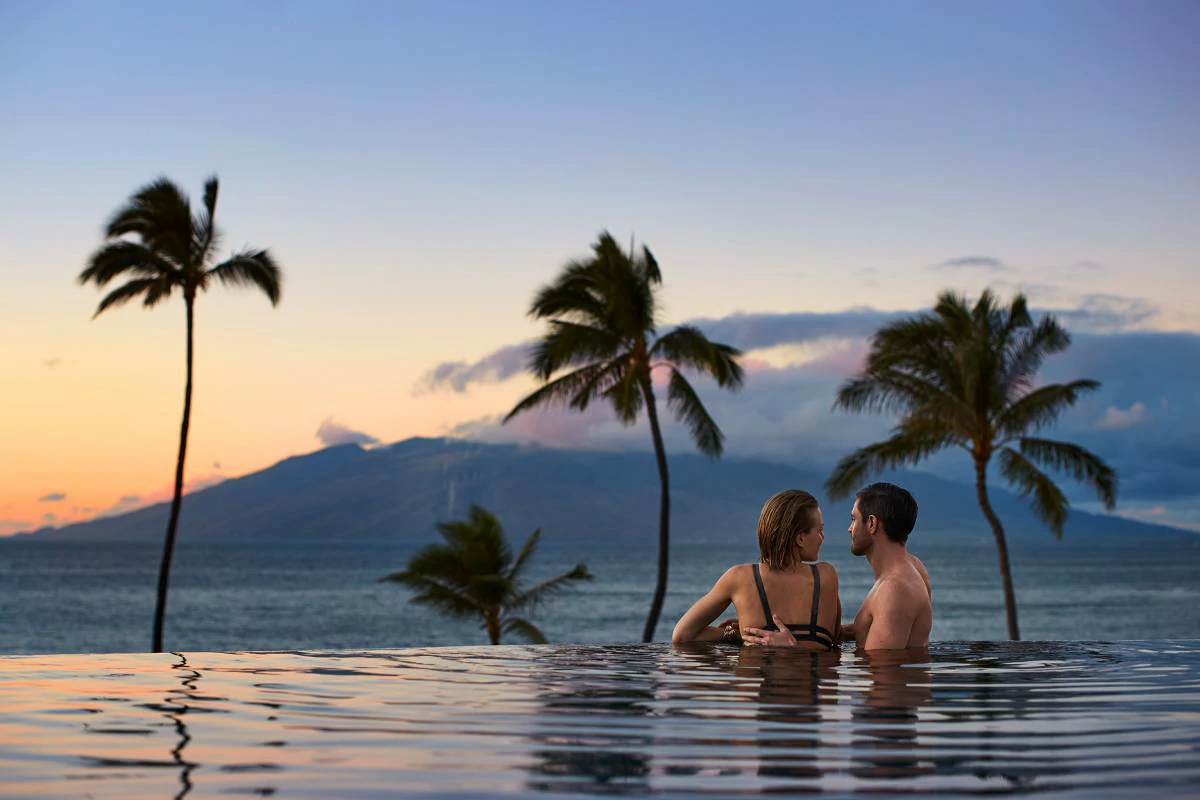
The Four Seasons Resort Maui at Wailea stands as a testament to refined island luxury. Nestled along the stunning Wailea coast, this renowned resort blends timeless elegance with the vibrant spirit of Hawaii, making it a coveted destination and the perfect setting for “The White Lotus” to unfold.
1. The Resort’s History and Reputation
Inaugurated in 1990, the Four Seasons Resort Maui at Wailea holds the distinction of being the first-ever Four Seasons property built in Hawaii. Over the decades, it has garnered countless accolades and awards.
Consistently ranked among the top resorts in the world by publications like Condé Nast Traveler and Travel + Leisure, it’s a favorite among discerning travelers for its impeccable service, top-notch amenities, and an ambiance of sophisticated relaxation.
2. Amenities and Features of the Resort
The Four Seasons Resort Maui at Wailea offers a wealth of experiences catering to the most discerning clientele:
Accommodations: The resort’s 383 rooms, including 75 suites, exude an atmosphere of understated luxury. Ocean views, private lanais (balconies), and spacious, beautifully appointed interiors create an oasis of comfort and style.
Dining: A culinary journey awaits guests with a selection of restaurants showcasing diverse flavors and settings. Oceanfront dining at DUO Steak and Seafood, contemporary Italian at Ferraro’s Bar e Ristorante, and poolside fare at the adults-only Serenity Pool provide a range of gourmet experiences.
Wellness: The resort’s sprawling spa facility is a sanctuary in itself. Traditional Hawaiian healing techniques, innovative treatments, a full-service salon, and fitness classes offer comprehensive rejuvenation for mind and body.
Pools: Three cascading saltwater pools grace the resort, including the adults-only Serenity Pool with its swim-up bar and the Fountain Pool, a sprawling oasis with cascading waterfalls.
Activities: Oceanfront golf courses, tennis courts, a dedicated Ocean Activities Center for snorkeling and outrigger canoe adventures, as well as cultural programming ensure there’s never a dull moment.
3. How the Resort Was Transformed into “The White Lotus”
Despite the Four Seasons Resort Maui at Wailea’s inherent beauty and grandeur, production designer Laura Fox subtly altered the space to create the distinct world of “The White Lotus.” Here’s how the transformation happened:
The Color Palette: The resort’s existing neutral color scheme was amped up with vibrant tropical patterns, gauzy textures, and bolder hues to create a sense of slightly over-the-top opulence, reflecting the tastes of its fictional clientele.
Guest Rooms: While the resort’s rooms were already luxurious, they were further embellished with bespoke furnishings, bold wallpaper, and curated tropical artwork to visually represent the personalities of the characters inhabiting them.
Public Spaces: Pool areas, restaurants, and lobby spaces were subtly rearranged, with props strategically placed to establish a specific social dynamic for the resort.
Jessica Hundley Expert Opinion
“While remaining true to the Four Seasons brand, the production design team expertly layered additional elements to visually reflect the heightened tension and the somewhat artificial world ‘The White Lotus’ creates for its guests.” – Jessica Hundley, Film Critic and Set Design Analyst
Filming at the Resort
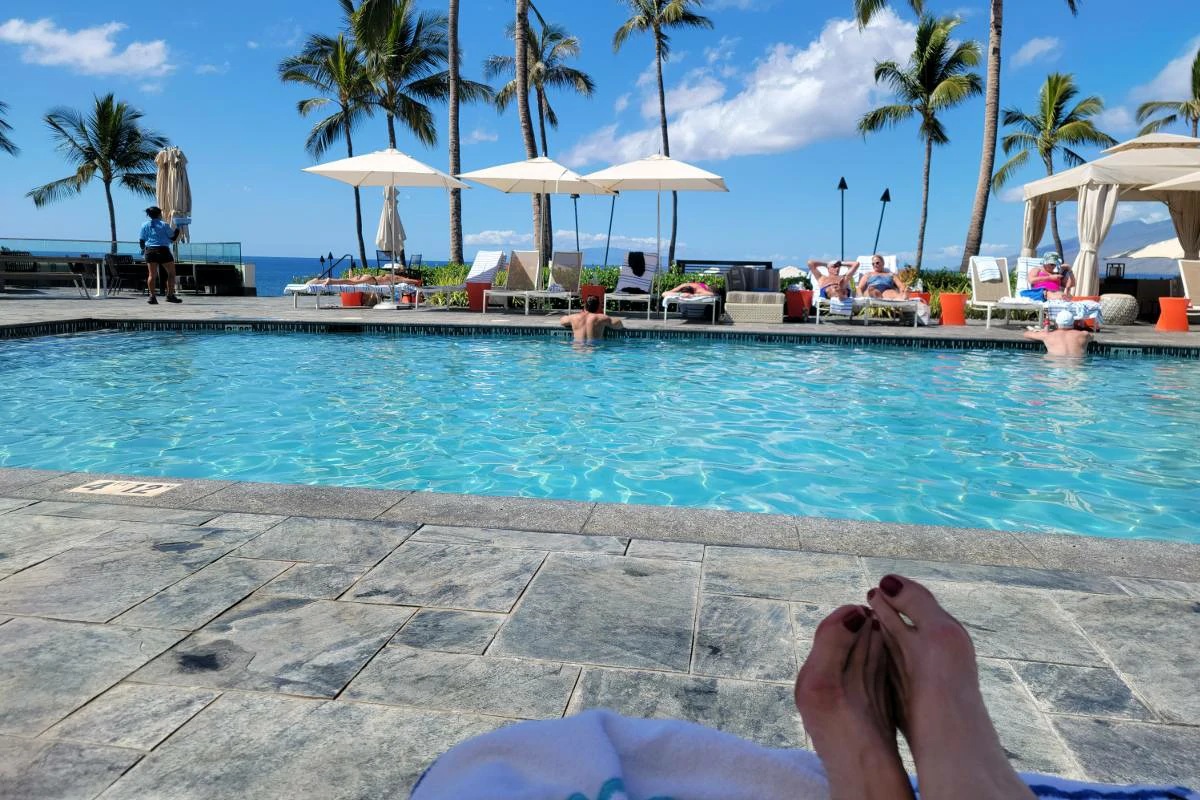
Transforming a world-renowned luxury resort into a fictional microcosm for a satirical masterpiece was a remarkable logistical feat.
Series creator Mike White and his team worked closely with hotel staff to craft a filming experience that both captured the essence of the show and respected the needs of the resort’s clientele.
1. Logistical Challenges of Filming During COVID-19
Season 1 of “The White Lotus” was filmed in late 2020, during the height of the COVID-19 pandemic. This presented unique hurdles for the production team:
Creating a “Bubble”: To ensure the safety of cast, crew, and hotel guests, the entire production operated within a strictly monitored bubble. The Four Seasons Resort Maui at Wailea closed temporarily to outside guests, effectively becoming a self-contained set for the duration of filming.
Testing and Protocols: Rigorous COVID-19 testing, masking, social distancing, and extensive sanitation procedures were in place throughout the production process.
Travel Restrictions: Navigating travel restrictions and quarantine protocols for cast and crew members coming from various locations added a layer of complexity to the project.
2. Specific Locations within the Resort Used in the Show
“The White Lotus” masterfully weaves specific locations throughout the resort to set scenes and establish the social dynamics between guests and staff:
The Pools: The cascading pools, especially the adults-only Serenity Pool, serve as a central hub for sunbathing, social jockeying, and a backdrop for some of the most dramatic confrontations.
The Beach: Gorgeous Wailea Beach plays a significant role, with characters finding solace, engaging in tense encounters, or venturing out for watersports. The scene where Quinn Mossbacher sleeps on the beach speaks volumes about his connection to the natural world.
Guest Rooms: The private spaces become stages for personal revelations and breakdowns. From Tanya McQuoid’s lavish suite to the Mossbacher family’s connecting rooms, each reflects the personalities and dynamics of their fictional occupants.
Spa: Scenes in the spa highlight the awkwardness and forced intimacy between guests and staff, such as with Belinda, the resort’s dedicated massage therapist.
Restaurants and Bars: Mealtimes become charged affairs, with conversations across tables revealing power imbalances, insecurities, and buried resentments.
3. The Impact of the Hawaiian Environment on Production
Hawaii’s vibrant natural landscape and rich cultural backdrop profoundly influenced the show’s aesthetic and overall tone:
Visual Beauty: Sweeping ocean vistas, lush tropical foliage, and the stunning sunsets of Maui create a visually captivating backdrop for the characters’ tangled lives.
Unpredictable Weather: Hawaii’s famously changeable weather, though stunning, presented production challenges, requiring flexible scheduling and a creative approach to adapting scenes.
Cultural Influence: The show incorporates elements of Hawaiian culture, such as the inclusion of hula performances and outrigger canoe excursions. While some critics debated the sensitivity of these portrayals, they added another dimension to the story.
Dr. Noelani Arista Expert Opinion
“The Hawaiian setting is inseparable from the success of ‘The White Lotus.’ The inherent juxtaposition of natural beauty with the manufactured luxury of the resort fuels the social commentary and elevates the show beyond a simple comedy of errors.” – Dr. Noelani Arista, Professor of Film Studies, University of Hawaiʻi at Mānoa
Beyond the Resort: Exploring Maui
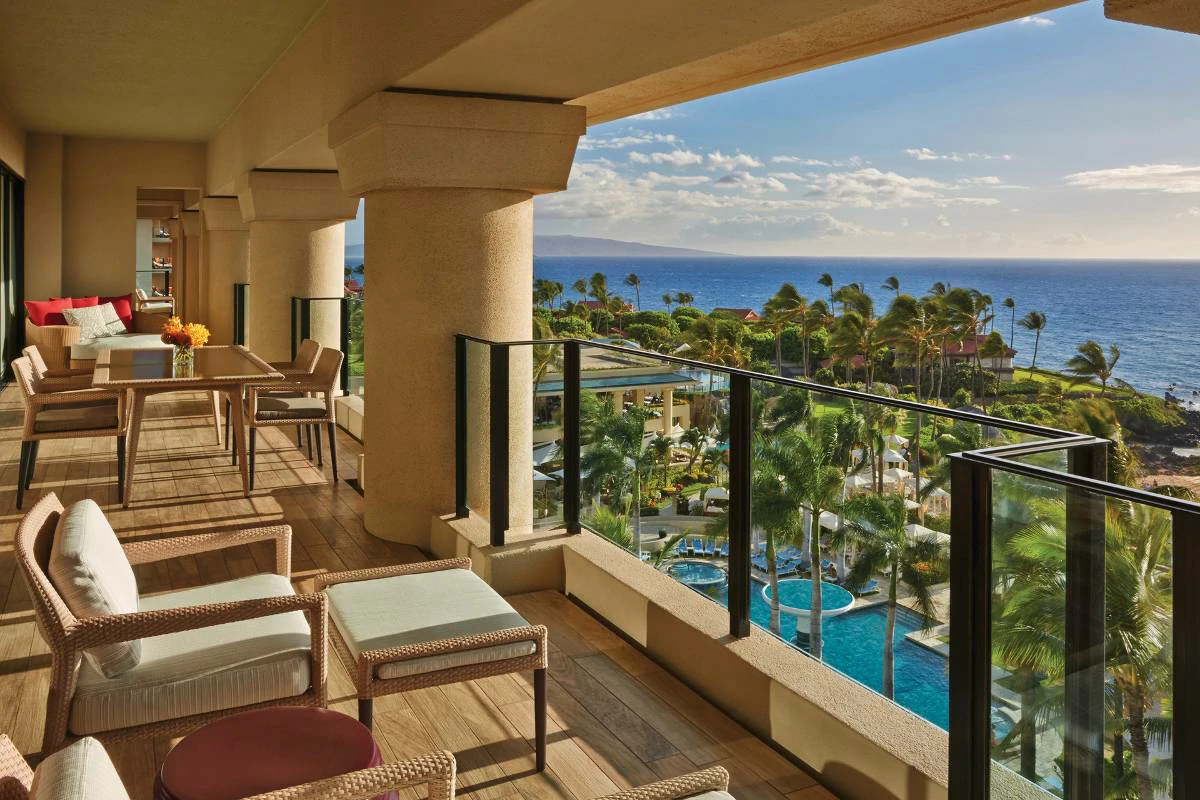
While much of the action in “The White Lotus” Season 1 was contained within the Four Seasons Resort Maui at Wailea, the production did utilize a few select off-site locations that enrich the portrayal of the island:
The Airport: The opening scene of the series takes place in Kahului Airport (OGG), Maui’s main airport. This brief but impactful sequence establishes a sense of unease and sets the stage for the whirlwind of events to follow, as we witness Shane Patton fixated on a mysterious casket being loaded onto the plane.
Road to Hana: The iconic Road to Hana, a winding coastal highway known for its waterfalls, lush rainforests, and breathtaking natural beauty, makes a cameo appearance during a tense drive shared by Rachel and Shane Patton. This scene highlights the contrasting experiences of tourists, who often seek out these scenic locations for Instagram-worthy moments, versus the residents for whom those roads are simply part of everyday life.
Molokini Crater: A snorkeling excursion to the partially submerged volcanic crater of Molokini featured in the show hints at the diversity of ocean activities available to visitors on Maui. It’s during this trip that tensions further unravel and secrets begin to spill.
Pineapple Fields: A brief and somewhat surreal glimpse of Maui’s agricultural landscape is shown when Quinn Mossbacher flees the resort. Scenes of him wandering aimlessly through pineapple fields remind viewers of the island’s layered history and economic activities beyond tourism.
The Cultural and Natural Significance of Maui
Known as “The Valley Isle,” Maui is the second-largest of the Hawaiian Islands, offering a tapestry of natural wonders and a rich cultural heritage:
Haleakalā National Park: Home to the dormant Haleakalā volcano, this sprawling park encompasses otherworldly landscapes, sunrise viewing points above the clouds, and provides a stark contrast to the island’s tropical beaches.
ʻĪao Valley: This sacred valley, steeped in Hawaiian history and legend, is known for the iconic `Īao Needle, a natural rock pinnacle. The area holds deep spiritual and historical significance for Native Hawaiians.
Hawaiian Humpback Whales: Maui’s surrounding waters are a crucial breeding and calving ground for humpback whales, who migrate annually from Alaska. Whale watching is an immensely popular activity and underscores the island’s role in the ocean ecosystem.
Native Hawaiian Culture: While “The White Lotus” touches upon elements of Hawaiian culture, there’s an ongoing discussion about representation and sensitivity. Visitors interested in learning more deeply can seek out opportunities to respectfully engage with cultural centers, museums, and hula hālau (schools) found across the island.
Kumu Hula Lehua Carvalho Expert Opinion
“Maui is more than just beaches and resorts. ‘The White Lotus’ subtly hints at this, but true understanding requires visitors to go beyond the surface and seek out the heart of this island – its people, its history, and the ‘āina (land) itself.” – Kumu Hula Lehua Carvalho, Hālau Hula Malani O Kapehe
The Legacy of the White Lotus Filming Location
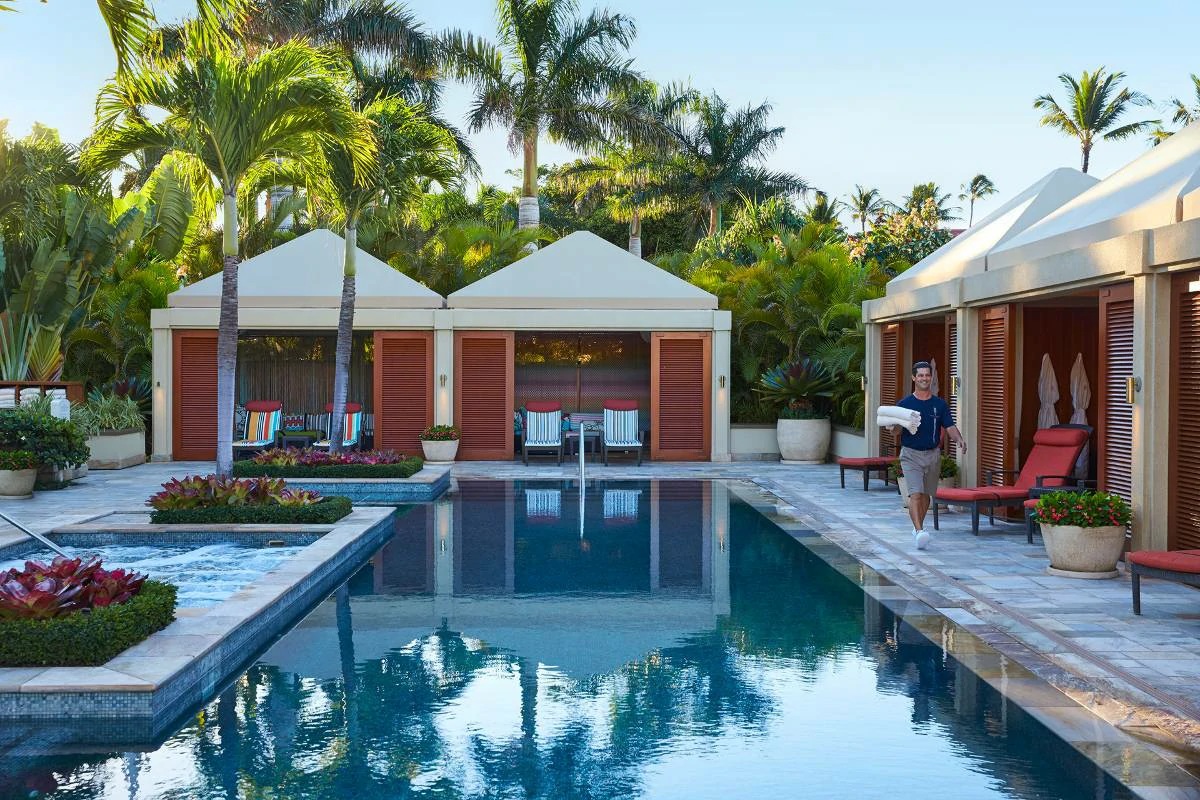
The critical acclaim and popularity of “The White Lotus” Season 1 has inextricably linked the show to its iconic filming location, leaving an enduring mark:
1. How the Location Became Synonymous with the Show
Visual Branding: The sheer beauty of the Four Seasons Resort Maui at Wailea in the show became embedded in viewers’ minds. From the vibrant pools to the oceanfront suites, the location is almost a character unto itself.
The “White Lotus” Effect: The phrase “The White Lotus” now evokes not only the show’s satirical wit but also a specific image of luxury, albeit with a slightly unsettling undercurrent. The resort has become synonymous with the show’s exploration of privilege and social awkwardness.
Social Media Buzz: Fans eagerly share screenshots, memes, and references highlighting the resort’s iconic spaces. This online buzz amplifies the association between the location and the world of “The White Lotus.”
2. Potential for Increased Tourism to the Resort and Maui
The show’s success has undeniably piqued interest in both the Four Seasons Resort Maui at Wailea specifically and the island of Maui in general:
Surge in Interest: The resort has reported a significant uptick in inquiries and bookings since the show’s airing. Fans are eager to have their own “White Lotus” experience, even if it comes with a hefty price tag.
Boosting Maui’s Profile: While Maui was already a major tourist destination, “The White Lotus” exposed it to new audiences and reinforced its image as a luxurious tropical paradise. This could translate into increased visitors exploring other parts of the island beyond the resort.
The Debate Over Overtourism: Some critics express concern that the show’s popularity could exacerbate issues of overtourism on Maui. Increased crowds and strain on resources are potential drawbacks.
Opportunity for Responsible Tourism: The spotlight on the location could be harnessed as a chance to promote sustainable tourism practices on Maui. Travelers inspired by “The White Lotus” might be encouraged to seek out more culturally sensitive experiences, support local businesses, and minimize their environmental impact.
Dr. Jonathan Dale Expert Opinion
“‘The White Lotus’ phenomenon is a double-edged sword for Maui. While increased tourism brings economic benefits, it’s vital to manage this influx responsibly. The show could be a catalyst for a more mindful approach to tourism, emphasizing respect for the island’s natural beauty and cultural heritage.” – Dr. Jonathan Dale, Professor of Tourism Management, University of Hawaii
Conclusion
“The White Lotus” did more than deliver a brilliant social satire; it forever transformed the way we perceive the Four Seasons Resort Maui at Wailea. What was once simply an iconic luxury resort is now intrinsically linked to the show’s exploration of paradise, privilege, and the complexities of human relationships.
Here’s a recap of the key takeaways from our journey:
- Location as a Character: The Hawaiian setting, and the resort itself, play an integral role in the show’s narrative. The juxtaposition of natural beauty with manufactured luxury fuels the social commentary and the characters’ internal struggles.
- Production Triumph: Filming “The White Lotus” during the COVID-19 pandemic was a logistical feat. The production team’s ability to create a bubble and seamlessly transform the resort is remarkable.
- Beyond the Walls: While primarily set within the resort, the show ventures into the broader Maui landscape, showcasing its diverse natural beauty and hinting at the island’s history and cultural significance.
- The Legacy: The Four Seasons Resort Maui at Wailea has become synonymous with “The White Lotus,” driving interest in the resort and sparking debates about overtourism and the need for responsible travel.
The success of “The White Lotus” Season 1 highlights the power of location in storytelling. It invites us to look deeper at popular travel destinations, considering the cultural and environmental implications of our choices as tourists.
FAQs
Can I visit the Four Seasons Resort Maui at Wailea?
Absolutely! The resort is open to guests. Be prepared for higher prices due to increased demand. Visit their website for more information.
Were any scenes filmed outside of the resort?
Yes, although most of the action takes place within the resort, a few key scenes were shot at other locations on Maui, including Kahului Airport, the Road to Hana, Molokini Crater, and glimpses of pineapple fields.
Does visiting Maui guarantee a “White Lotus” experience?
While you may recognize iconic spots from the show, Maui offers far more than what’s depicted onscreen. Seek out ways to respectfully engage with the island’s natural beauty, history, and Native Hawaiian culture for a richer experience.
How can I be a responsible tourist on Maui?
Support local businesses, participate in eco-friendly activities, learn about Hawaiian cultural protocols, and minimize your environmental footprint. Resources like the Hawaii Tourism Authority website can guide you.

